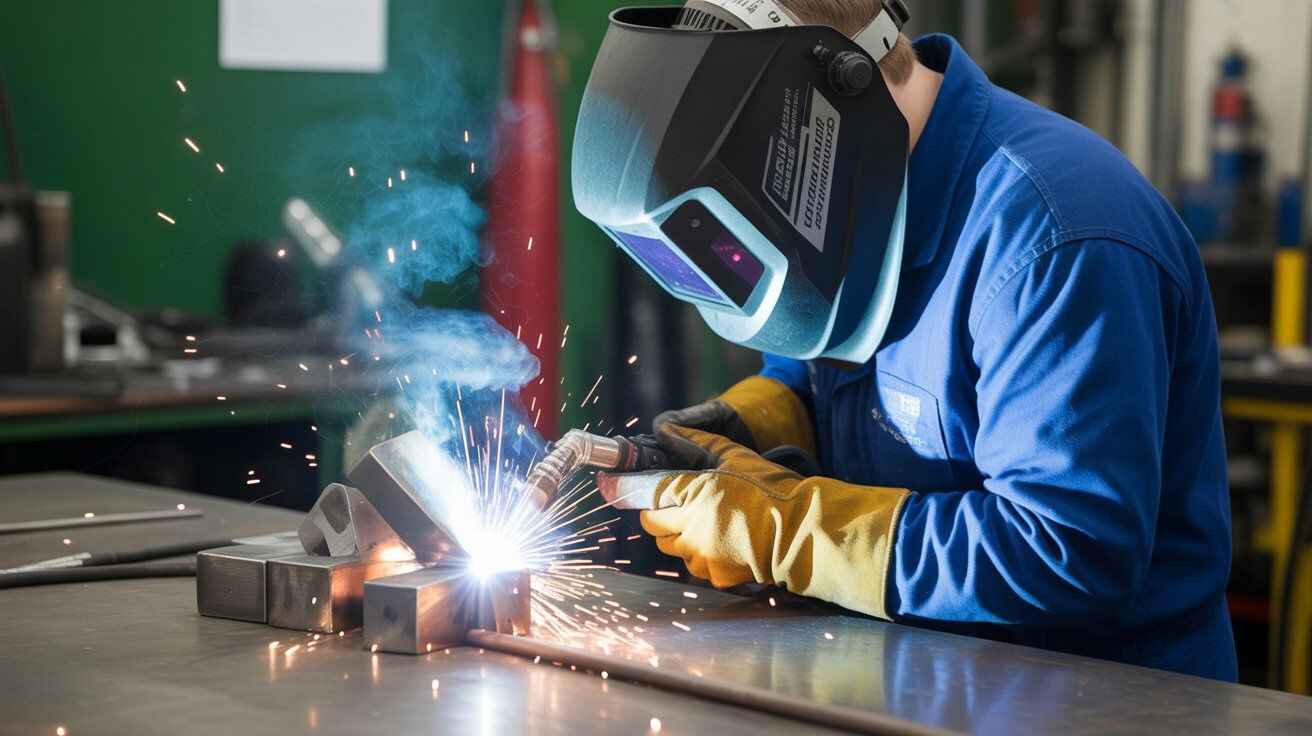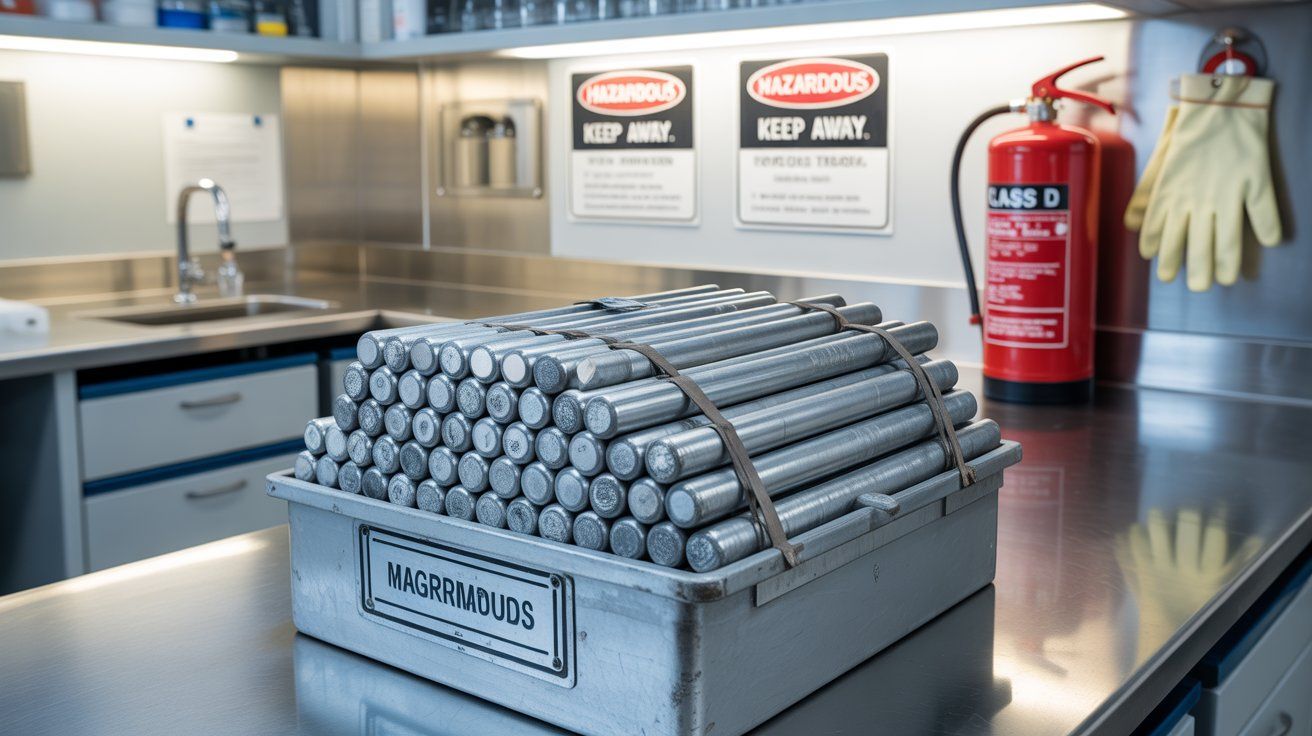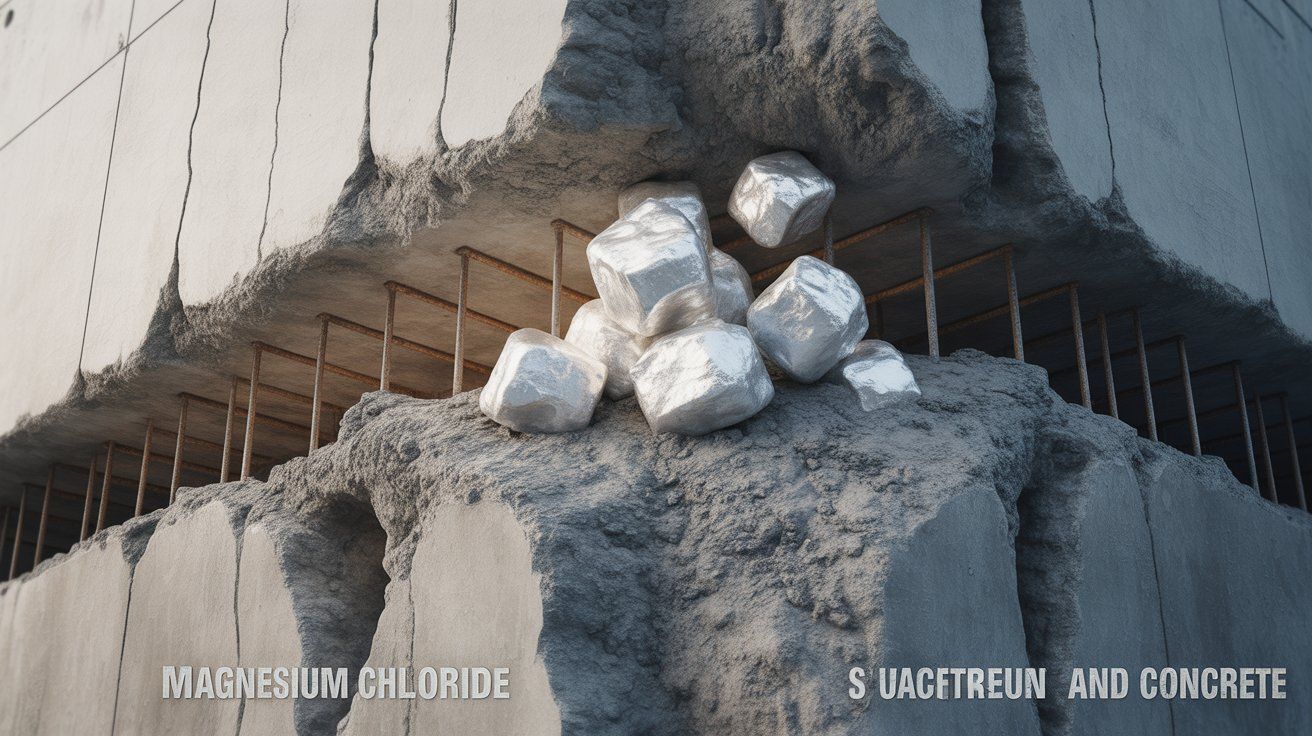Welding magnesium requires special care, proper cleaning, filler choice, and safety to prevent defects, ensuring strong, reliable joints in industries.
Welding magnesium
Welding magnesium is essential in aerospace, automotive, and marine industries due to its lightweight strength.
Unlike aluminum or steel, magnesium requires special care because of its high thermal conductivity, low melting point, and reactive oxide layer.
Proper cleaning, filler choice, and technique are vital to prevent porosity, cracking, and distortion. When done correctly, welding magnesium delivers strong, reliable joints that maximize the benefits of this unique structural metal.
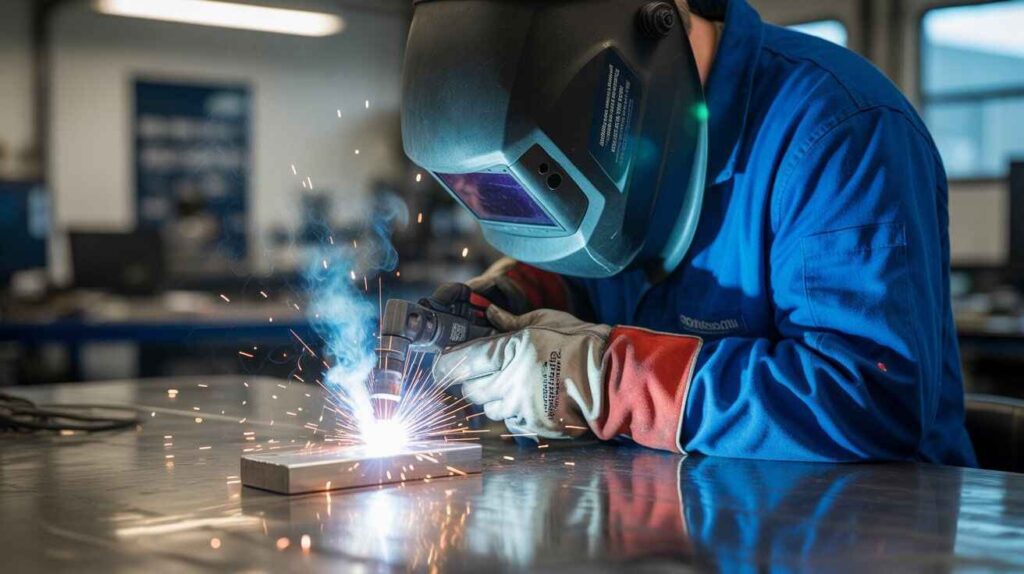
Properties of Magnesium that Affect Welding
Magnesium’s unique properties directly impact weldability. Its low melting point and high thermal conductivity make heat control difficult, increasing risks of burn-through.
Oxidation creates a tough surface layer that must be removed before welding. Different magnesium alloys like AZ31B or AZ91 respond differently to welding, so understanding their composition is critical for producing safe, defect-free welds.
Preparing Magnesium for Welding
Proper preparation is vital before welding magnesium. Surfaces must be thoroughly cleaned to remove oxides and contaminants.
Using correct filler metals matched to the alloy ensures stronger joints. Joint design and preheating, when necessary, help reduce cracking.
By following these essential steps, welders improve consistency, minimize defects, and achieve reliable results when working with magnesium alloys.
Equipment & Process Selection
Choosing the right process is key to welding magnesium. TIG welding offers precision, while MIG welding allows faster production.
Argon shielding gas is most common, sometimes blended with helium for deeper penetration.
Correct parameters—current, voltage, and travel speed— ensure weld quality. In advanced cases, laser or friction stir welding provide excellent results for specialized magnesium applications.
Welding Techniques & Best Practices
| Practice | Purpose / Benefit |
|---|---|
| Steady heat control | Prevents burn-through during welding magnesium |
| Pulsed TIG welding | Provides precision and better weld quality |
| Correct travel speed | Reduces porosity in the weld |
| Proper filler rod choice | Minimizes cracking and ensures strong joints |
| Good joint design | Controls distortion and improves durability |
Safety Measures When Welding Magnesium
Safety is critical when welding magnesium. Its flammability demands strict precautions, including argon shielding gas, non-flammable work areas, and dry storage.
Always wear proper PPE with respiratory protection to guard against fumes. Fire extinguishers rated for Class D metals must be nearby. By following these measures, welders minimize risks while ensuring safe and controlled magnesium welding operations.
Troubleshooting Common Issues
Welding magnesium often presents challenges. Cracking can occur from poor joint design or incompatible filler.
Porosity usually results from contamination or insufficient shielding gas. Distortion and burn-through stem from excessive heat input.
To fix these issues, control travel speed, clean thoroughly, and match filler to alloy. Attention to detail ensures stronger, defect-free magnesium welds.
Post-Weld Treatment & Inspection
Post-weld treatment is essential for magnesium joints. Allow controlled cooling to reduce residual stresses and avoid cracking.
Remove oxide and spatter to protect surface integrity. Inspection methods such as visual checks and non-destructive testing help confirm weld quality.
By applying these steps, welding magnesium produces safe, durable, and structurally sound components ready for demanding applications.
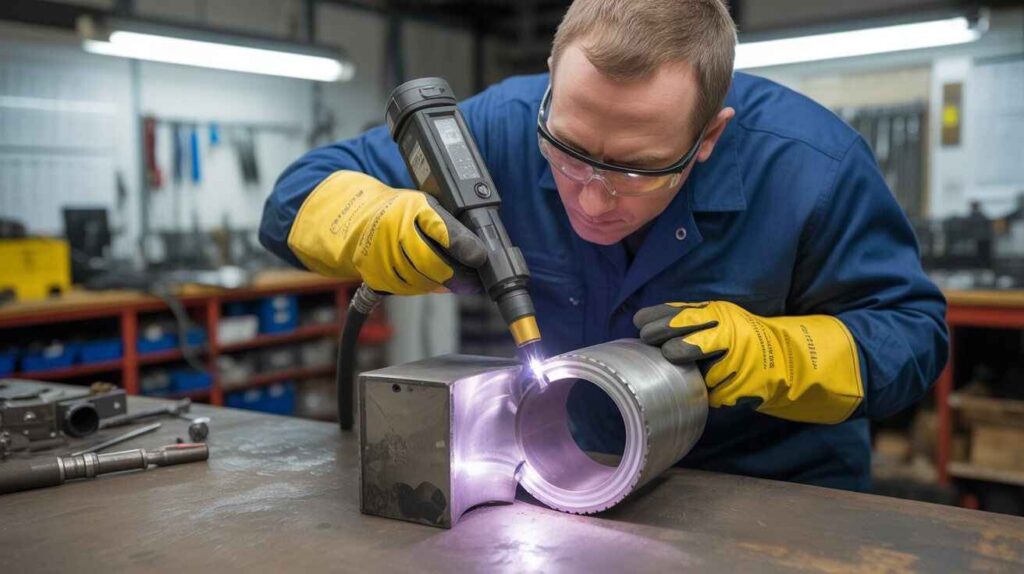
Case Studies & Real-World Applications
Welding magnesium plays a vital role in advanced industries. In aerospace, lightweight alloys reduce fuel consumption.
Automotive manufacturers use magnesium welding for wheels, frames, and housings to improve efficiency. Marine applications benefit from corrosion-resistant joints.
These real-world examples prove that, with proper methods, welding magnesium delivers reliable performance where strength and weight reduction are critical.
FAQs
Q1: Is welding magnesium safe?
Yes, but strict fire and fume precautions are required.
Q2: Can magnesium be welded with TIG or MIG?
Both methods work, with TIG offering greater precision.
Q3: What shielding gas is best?
Pure argon is most common, sometimes blended with helium.
Q4: Why does cracking occur?
Usually from improper filler selection or poor joint design.
Q5: Which alloys weld easiest?
AZ31B and AZ61A are widely considered the most weldable magnesium alloys.

Hamid Raza, aged 65, is a seasoned expert in nutrition, health supplements, and wellness, with over four decades of experience researching and educating people about essential minerals like magnesium. His work focuses on helping individuals improve energy, bone health, muscle function, and overall wellness through scientifically-backed magnesium knowledge.
Throughout his career, Hamid has contributed to numerous health articles, research studies, and wellness blogs, making complex nutritional science accessible to everyday readers. Passionate about natural health solutions, he guides readers on choosing the right magnesium supplements for optimal health.

